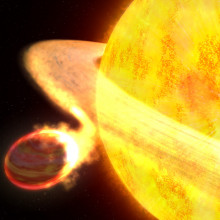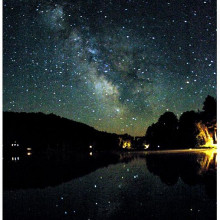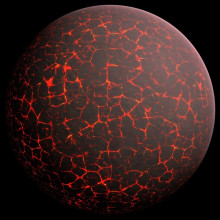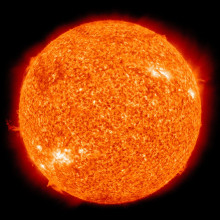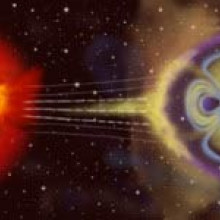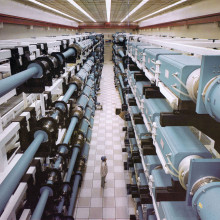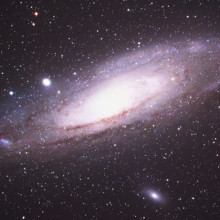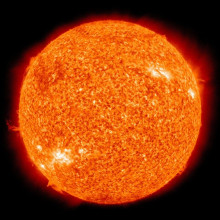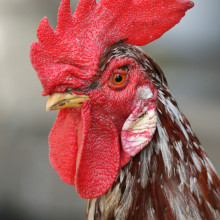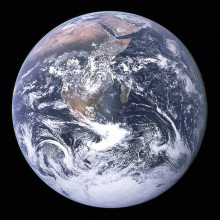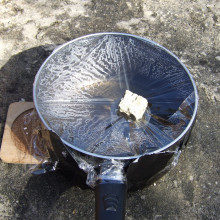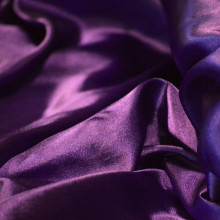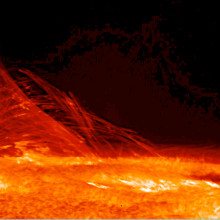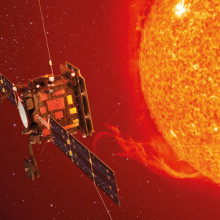Search
How Massive can a Star be?
... stars, which have less than a tenth as much gas as our own Sun, to giant stars like Betelgeuse, with masses of ... planet like Jupiter, rather than a star that produces its own light. At the opposite end of the mass spectrum, if a gas ...
Fact Impact - The Milky Way
... around 400 billion stars Many of them suns like our own, surrounded by their own planetary systems. The Milky Way is shaped like two fried ...
Mercury's May Transit: Why do we care?
... study these exoplanets? Carole - We need to understand our own environment and, particularly, what we're doing to our own environment. One of the ways we can get insight in that ...
Pinpointing solar storms
The Sun occasionally has storms of its own, geomagnetic storms, and when they happen, the Sun shoots ...
Radiation shields in space
... with you. Chris - So, you have a spacecraft which has its own magnetic field. It's generating a bit like the Earth's ... the moon doesn't have an overall magnetic field of its own. It would appear that for the eons that it is being ...
Laser-Powered Fusion
... confines itself. Ginny - So, you're kind of using its own expansion to squeeze it together. Kate - That's ...
The ALMA Telescope, Solar Orbiter, Autistic Mice and Chivalrous Crickets.
... first whilst they waited outside, increasing their own risk of predation and putting their own lives at risk. But as a reward, these males got to mate ...
Would wearing mirrors keep me cooler in the sun?
... silk in an outdoor setting is essentially wearing his own air conditioning.' Not bad, eh? The nanoparticles are ...
Clock-a-doodle-doo
... crowing, is under the control of the rooster's own body clock. So, more accurately, we should be talking ...
Why Earth isn’t a Watery World
... of star, but helps to fill in our understanding of how our own system evolved. Despite thinking of Earth as a “Blue ...
How you could drink your own urine safely?
How you could drink your own urine safely? ...
Nanoengineered silk keeps your body cooler
... direct sunlight means people may soon be wearing their own air conditioners Nanoengineered silk keeps your body ...
Pulsars, Puddles and Proto-Planetary Discs
... that at least two of them have been found to have their own planetary systems. New research by Fabrice Mottez of the ...
Up close and personal with our Sun
... Pole. Now the area around the Earth is dominated by our own magnetic field and we call this the 'magnetosphere of the ...
What stardust is made of...
... across the periodic table of the elements, will have it's own particular combination of spectral line. There is another ...
